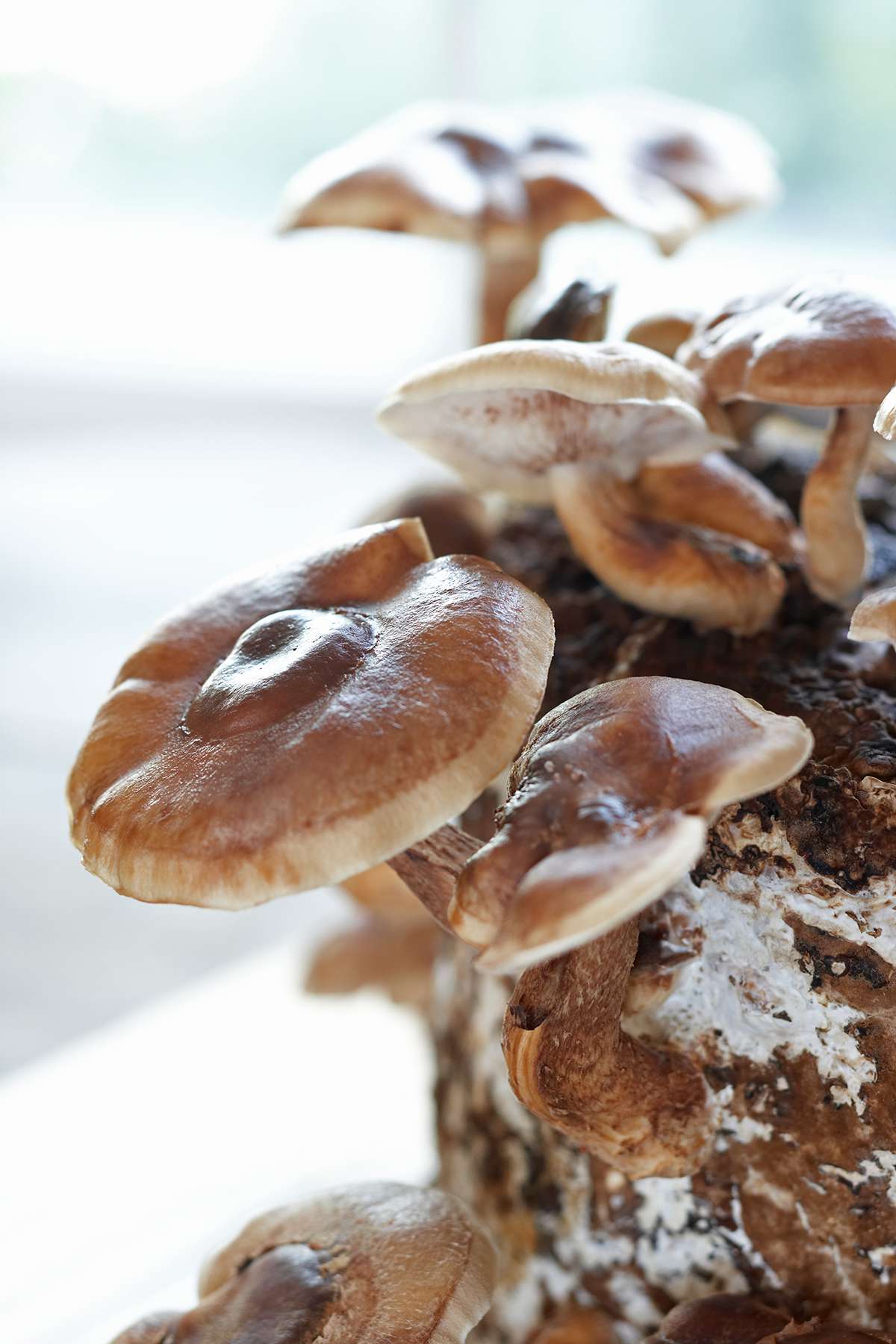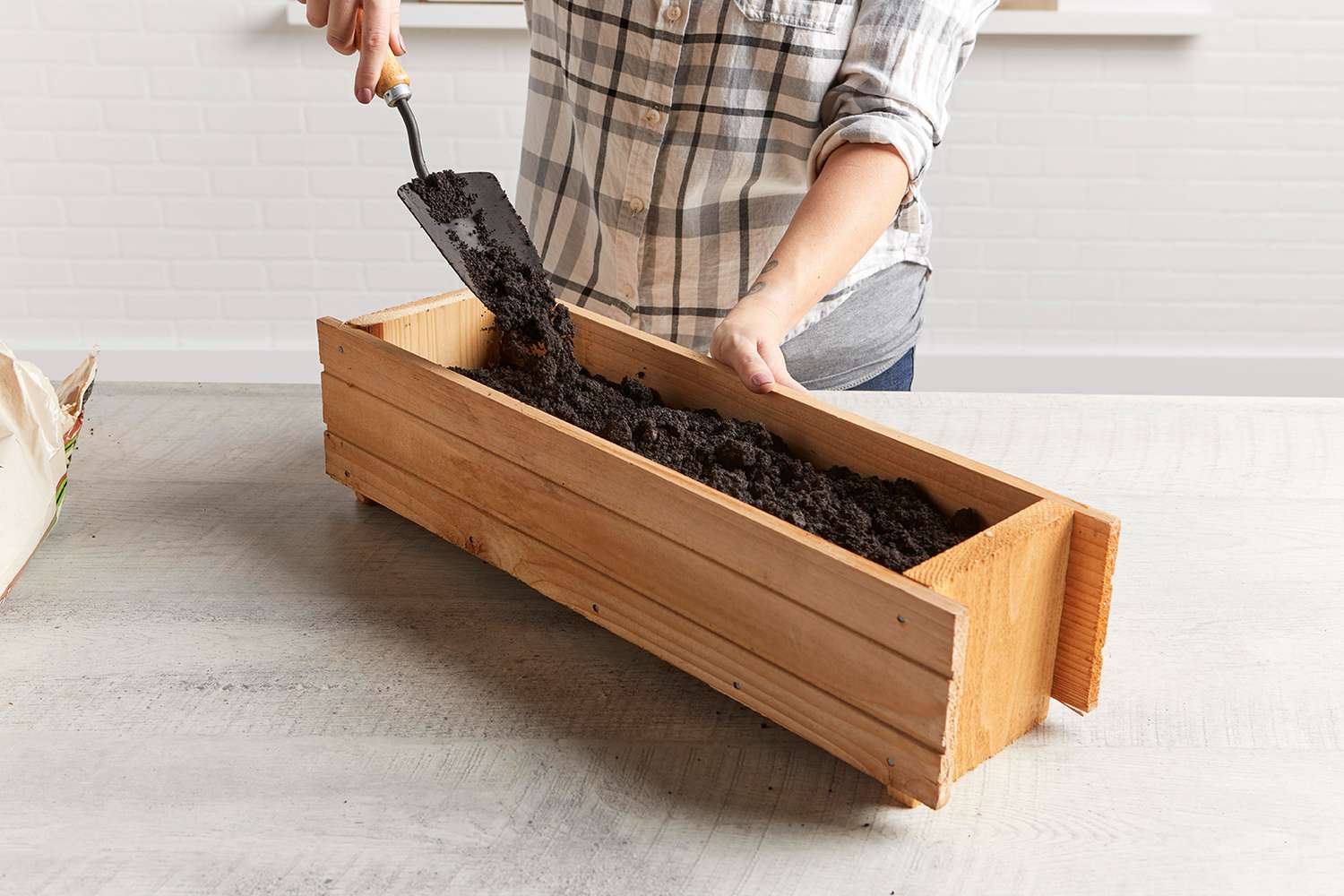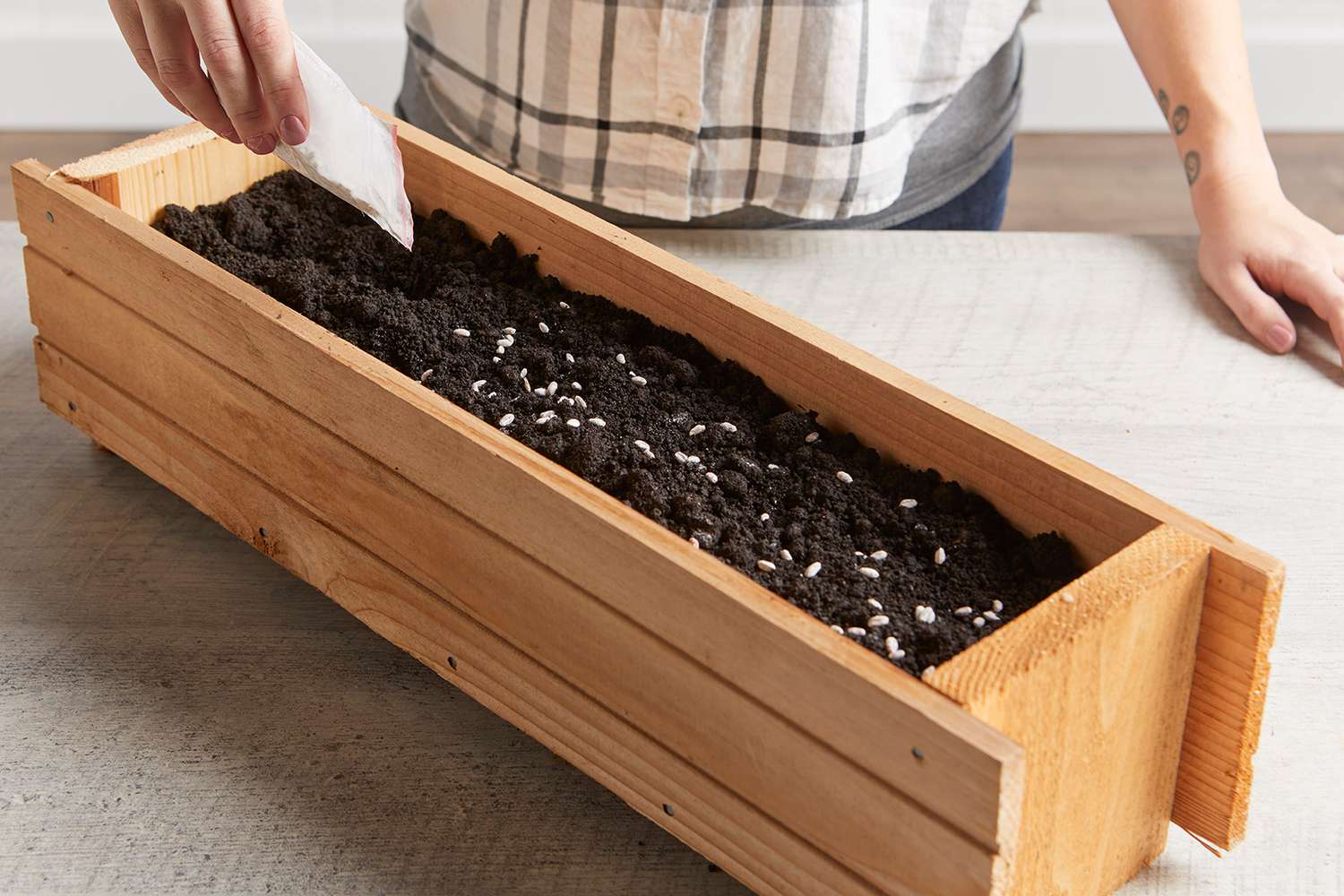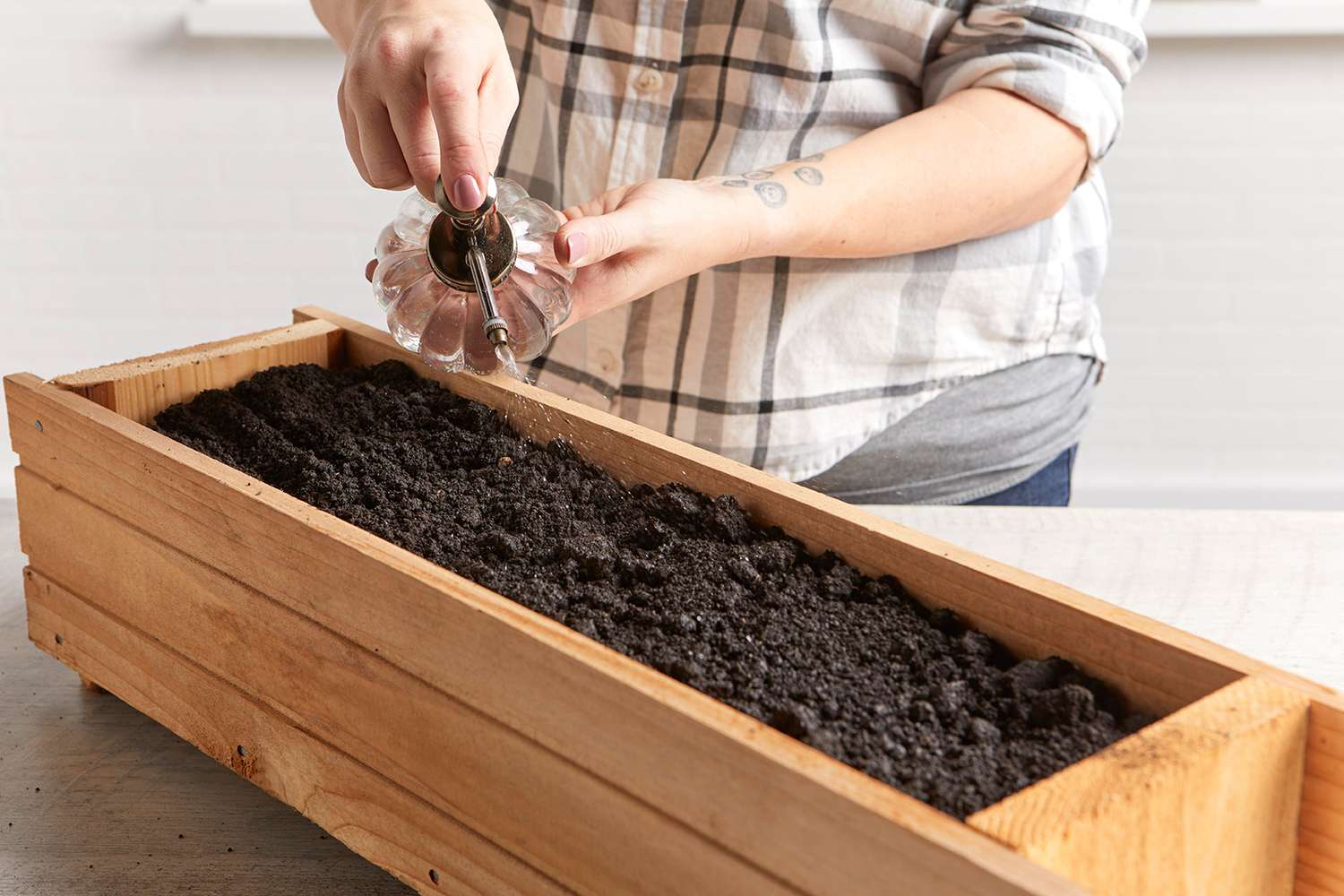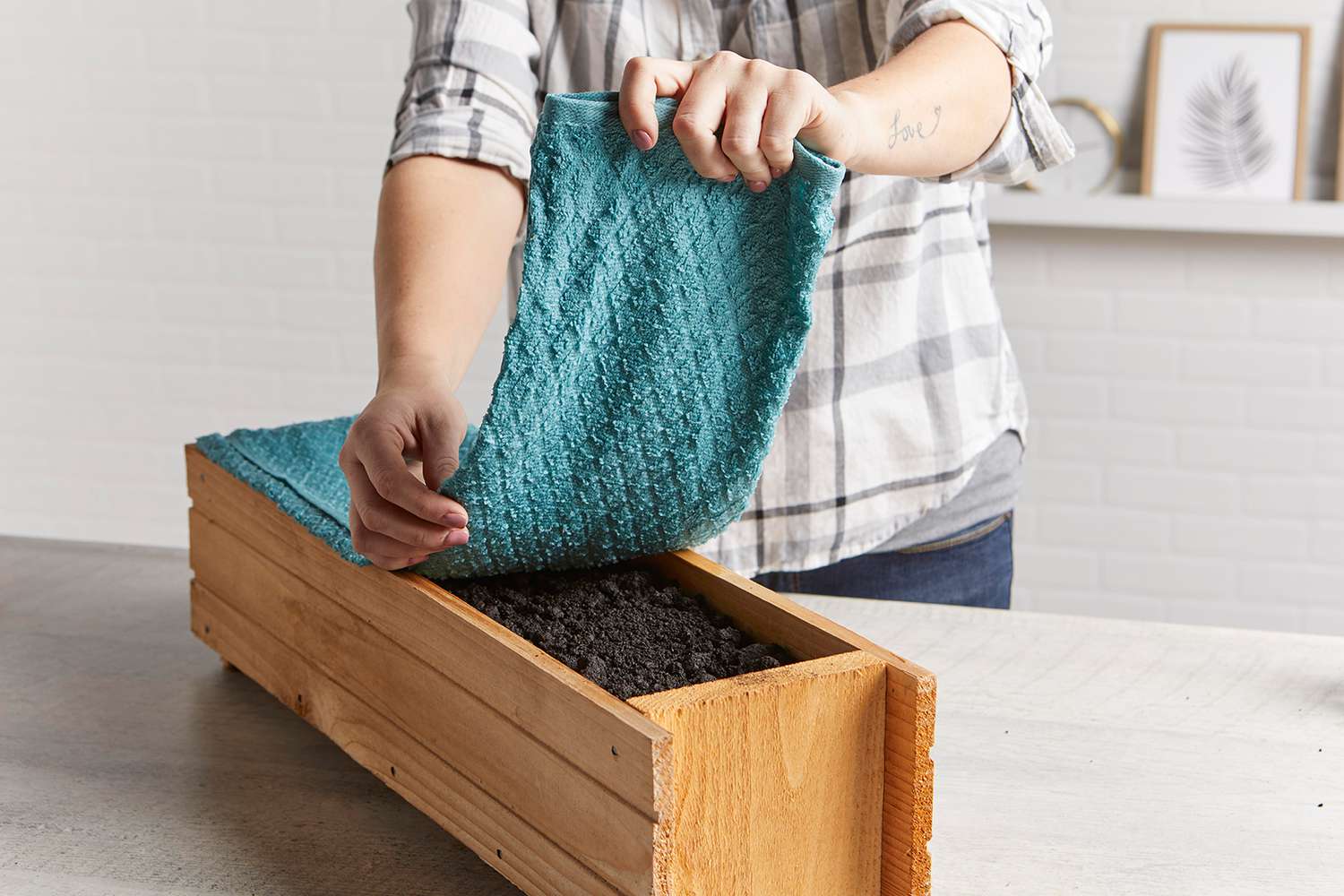There's no need to be in the dark about growing mushrooms. These tasty chameleons of the food world are extremely healthy: they're fat-free, low in calories, and filled with vitamins, antioxidants, and other nutrients (they can even help keep your brain healthy). The main keys to growing mushrooms at home are establishing the right growing conditions and acquiring mushroom spawn, which is the material used to propagate mushrooms. Use these step-by-step instructions to grow oyster mushrooms, portobellos, shiitakes, and more.
How Do Mushrooms Grow?
Mushrooms grow from spores (not seeds) that are so tiny you can't see individual spores with the naked eye. Rather than soil, these spores rely on substances like sawdust, grain, straw, or wood chips for nourishment. A blend of the spores and these nutrient sources is called spawn. Mushroom spawn acts a bit like the starter you need to make sourdough bread.
The spawn supports the growth of mushrooms' tiny, white, threadlike bodies, called mycelium. The mycelium grows first, before anything that resembles a mushroom pushes through the soil.
The spawn itself could grow mushrooms, but you'll get a lot better mushroom harvest when the spawn is applied to a growing medium. Depending on the mushroom type, this might be straw, cardboard, logs, wood chips, or compost with a blend of materials like straw, corncobs, and cocoa seed hulls.
Where to Grow Mushrooms
Mushrooms like dark, cool, and humid growing environments. When you're growing mushrooms at home, a place like your basement is ideal, but a spot under the sink could also work.
Before you start growing, test out your spot by checking the temperature. Most mushrooms grow best in temperatures between 55°F and 60°F, away from direct heat and drafts. Enoki mushrooms grow better in cooler temperatures, about 45°F. Growing mushrooms is a good project for the winter, because many basements will get too warm in the summer for ideal conditions.
Mushrooms can tolerate some light, but the spot you choose should stay mostly dark or in low light. If you choose to grow mushrooms in your basement, it might be best to put them in a closet where they won't be disturbed. Some mushroom types still grow best outdoors in prepared ground or logs, which is a much longer process (six months to three years) than in controlled environments inside.
Types of Mushrooms to Grow
All kinds of different mushrooms grow in the wild, and you can grow most of them at home. One of the beauties of growing your own mushroom varieties instead of wild-harvesting them is that you can be sure you're not picking a poisonous mushroom. Cremini, enoki, maitake, portobello, oyster, shiitake, and white button mushrooms can all be grown indoors, but each type has specific growing needs. For example, white button mushrooms need to be grown on composted manure, shiitakes on wood or hardwood sawdust, and oyster mushrooms on straw.
Process of Growing Mushrooms
If you're growing mushrooms indoors, there are a couple of options for materials you can use for planting. You can buy a mushroom grow kit already packed with a growing medium that's inoculated with mushroom spawn. Mushroom growing kits are a good place to start if you're new to the process because a kit will provide everything you need. If you start without a kit, the type of mushroom you choose to grow determines the substrate you grow the mushrooms on, so it's important to research each mushroom's needs. Button mushrooms are one of the easiest types to grow if you need a starting point!
Step 1: Fill Trays With Compost
Use 14x16-inch trays about six inches deep that resemble seed flats. Fill the trays with the mushroom compost material and sprinkle spawn on top.
Step 2: Use a Heating Pad
Use a heating padheating pad ($30) to raise the soil temperature to around 70°F for about three weeks or until you see the mycelium (white, threadlike growths). At this point, drop the temperature to 55°F to 60°F. Cover the spawn with an inch or so of potting soil.
Step 3: Keep Soil Moist
Keep the soil moist by spritzing it with water and covering it with a damp cloth, making sure that you keep spritzing the cloth as it dries.
Step 4: Harvest Mushrooms
Button mushrooms should appear within three to four weeks. Harvest them when the caps open and the stalk can be cut with a sharp knife from the stem. Avoid pulling up the mushrooms, or you risk damage to surrounding fungi that are still developing. Harvesting every day should result in a continuous crop for about six months.
Once you set up a mushroom growing station in your home, it's super easy to keep them growing. Eventually, you might need to add fresh spawn to grow more mushrooms, but as long as you keep the cloth damp and harvest the mushrooms as they appear, you should have a steady supply. Once you've got plenty, make sure to use them up in your favorite mushroom recipes within a few days of harvesting, since most will only keep for a few days in the fridge.
Thanks BHG for info.

